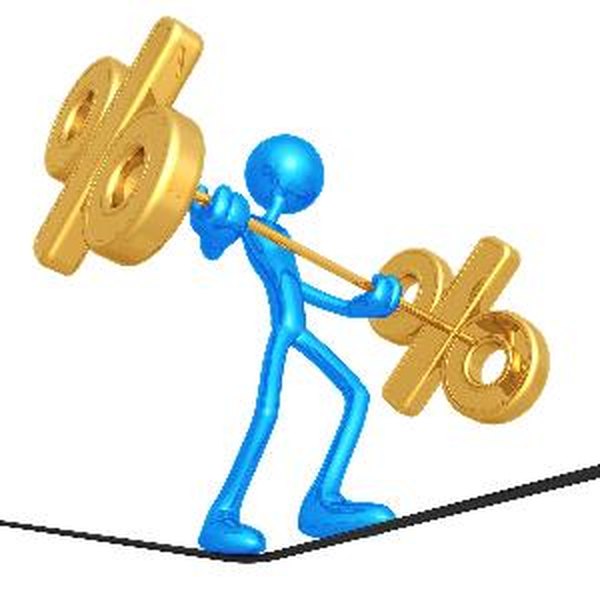Yield-to-Call Vs. Yield-to-Worst
An investor compares bond yields to select the best investment options.
Tightrope Percentage image by Scott Maxwell from Fotolia.com
Investing in individual bonds can be more complicated than it seems at first. There are premium bonds, selling for more than the face amount and discount bonds selling for less. Calculations, such as the yield-to-call and yield-to-worst, allow you to compare bonds and select the ones with the better investment potential. Yield-to-call refers to how much investors will make if a bond is called in early to save the issuer money, while yield-to-worst refers to the worst case payout for investors of either a bond call or maturity.
Tip
Yield-to-call indicates how much an investor will make if a bond issuer calls in the bond, or pays it off early. Yield-to-worst, which can be the same value in many situations, indicates how much the investor will make if the issuer either calls the bond or lets it mature, whichever means a lower payout.
Bond Pricing and Yields
Investment bonds usually pay a fixed rate of interest until a bond matures and the principal is repaid to the investor. To account for changing interest rates, the market price of a bond moves higher or lower, bringing the current yield on the bond in line with market rates. That's because investors will dump low-yielding bonds as interest rates on new bonds go up and purchase high-rate bonds as rates go down, until effectively yields roughly equalize among the bonds on the market.
At least three different yields are associated with any bond. The coupon yield is the amount of interest paid based on the bond's face amount.
The current yield is the bond interest divided into the bond's current market price. Yield-to-maturity calculates a bond's yield to include the amortization of any discount or premium in the bond's current price. The yield-to-maturity is the most realistic of the different types of bond yields and is the most widely quoted yield.
Exploring Callable Bonds
Some bonds include a feature that allows the bond issuer to call in the bonds before the final maturity date. Callable bonds give the issuer flexibility to call bonds if the debt can be reissued at a lower interest rate. A callable bond's features will include the possible call dates and the price the issuer will pay if the bonds are called in.
A call option on a bond is generally a negative feature for investors (and a positive feature for the corporations and agencies that issue bonds). Issuers logically enough tend to call in bonds with coupon yields above current market rates. When a bond is called, an investor gives up a high-yield investment and loses any premium paid when the bond was purchased.
Calculating Yield to Call
Yield-to-call is calculated in the same manner as yield-to-maturity, using the call date and call price instead of the final maturity date and face amount. For a premium price bond, the yield-to-call will be lower than the yield-to-maturity. This is because the premium paid to buy the bond will be amortized over a shorter period of time.
One consideration for yield-to-call is the call price. Often the call feature requires the issuer to pay more than the face amount to call in a bond. The yield-to-call calculation will take any call price premium into account. Investors won't know for a fact whether the issuer will call in the bond until the appropriate day comes, but they can usually assume that issuers will behave to minimize how much interest they'll ultimately pay on their bonds.
Calculating Yield to Worst
For a bond with a single possible call date, the yield-to-worst, sometimes abbreviated YTW, is the lower of the yield-to-call or the yield-to-maturity for the bond. If the bond has multiple call dates, the yield-to-worst is the lowest of the yield-to-call rates for each call date and the yield to maturity.
Potential bond returns should be compared using the yield-to-worst, which is the lowest amount an investor could earn if the bond is purchased at the current price and held until the bond is called or matures. A bond broker or dealer offering a bond for sale should provide both the yield-to-worst and yield-to-maturity for the bond.
For a bond that's not callable, the yield-to-worst is automatically the same as the yield-to-maturity.
References
Writer Bio
Tim Plaehn has been writing financial, investment and trading articles and blogs since 2007. His work has appeared online at Seeking Alpha, Marketwatch.com and various other websites. Plaehn has a bachelor's degree in mathematics from the U.S. Air Force Academy.

